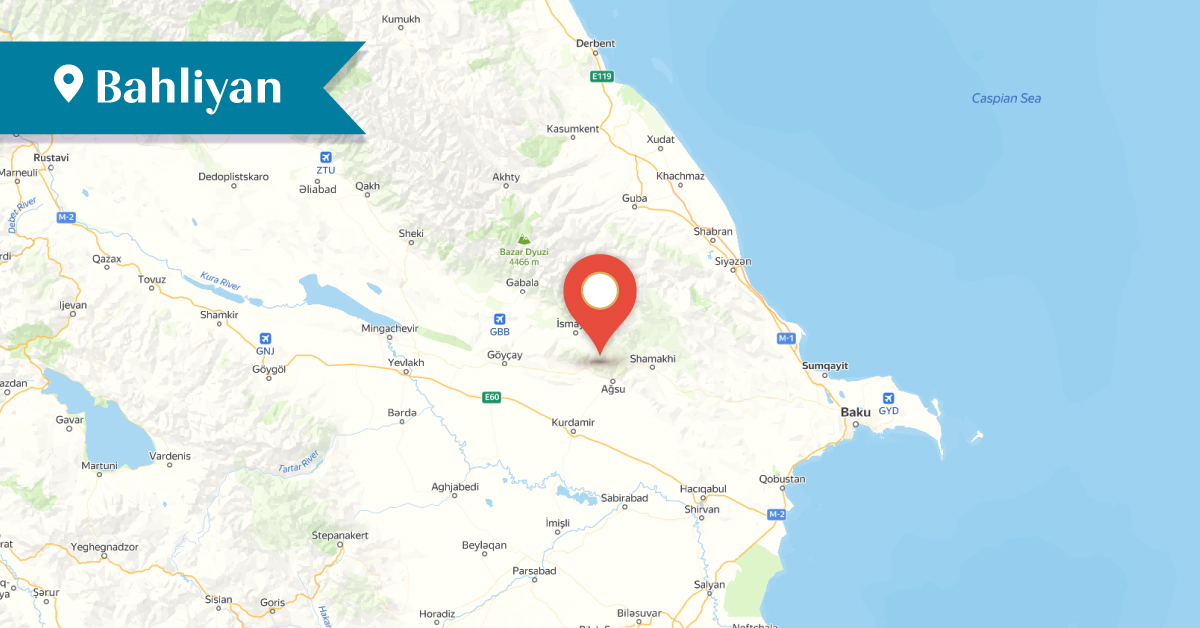2025
2025
2025-03-03

The village of Bahliyan in the Ismayilli district was located 26 km southeast of the district center. The inhabitants of the village had migrated from the Dizak and Varanda provinces of Artsakh.
In 1861, Bahliyan was exclusively inhabited by Armenians and had 30 households. During the visit of Makar Barkhutaryants in 1890, the village had 36 households with a population of 232 Armenians. In 1914, Bahliyan was entirely Armenian-populated, with 172 residents.
In 1914, a parish school existed in the village, which had been established with the financial support of Avag Mserkhanyants, a native of Shushi residing in Baku. The school was named “Mserkhanyants” in honor of its benefactor. During the years 1916–1917, the school had 29 students.
The population of Bahliyan suffered greatly during the 1918 attack by Turkish forces. Later, a few survivors who had escaped the massacres resettled in the village. In 1924, Bahliyan had 14 Armenian households.
Starting from the 1950s, Lezgins settled in the village. By 1984, in the now Lezgin-populated Bahliyan, only two elderly Armenians remained, who were forcibly displaced in 1988.
In 1850, the Saint Minas church was built in the village of Bahlian, but it has not been preserved.
During his visit, monument researcher Samvel Karapetyan documented a weathered khachkar (cross-stone) on top of a hill south of the village, which was known as Nahatak (Martyr). The site was a place of pilgrimage.
The village cemetery was on the hill, containing inscribed tombstones from the 18th–19th centuries. Some of these inscriptions were copied and published by Samvel Karapetyan.
This is the tomb of Kor Kokha, son of Pejan,
Year 1783.
This is the tomb of Tatos, son of Оhanes,
Year 1793.
This is the tomb of тallaq Hagop, son of Yeghub,
Year 1798.
This is the tomb of Mayrean, daughter of Yosep, from Kurjuvan,
Year 1836.
Bibliography
Barkhutaryants M., Land of Aghvank and its Neighbors: Artsakh, Yerevan, 1999.
Karapetyan S., The Armenian Lapidary Inscriptions of Aghvank Proper, Yerevan, 1997.
Karapetyan, S., Aghvank Proper, Part 1, Yerevan, 2024.